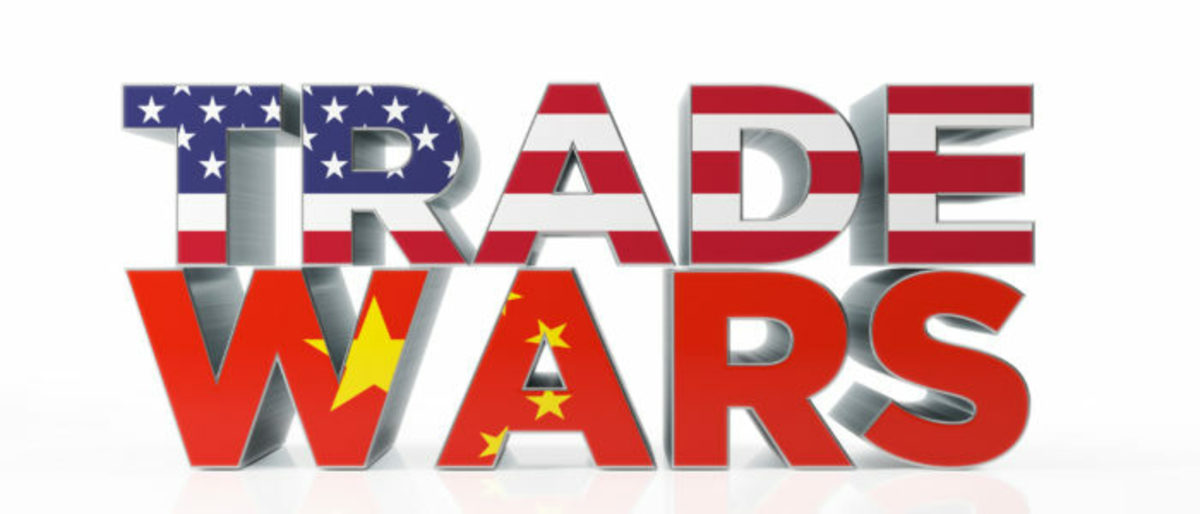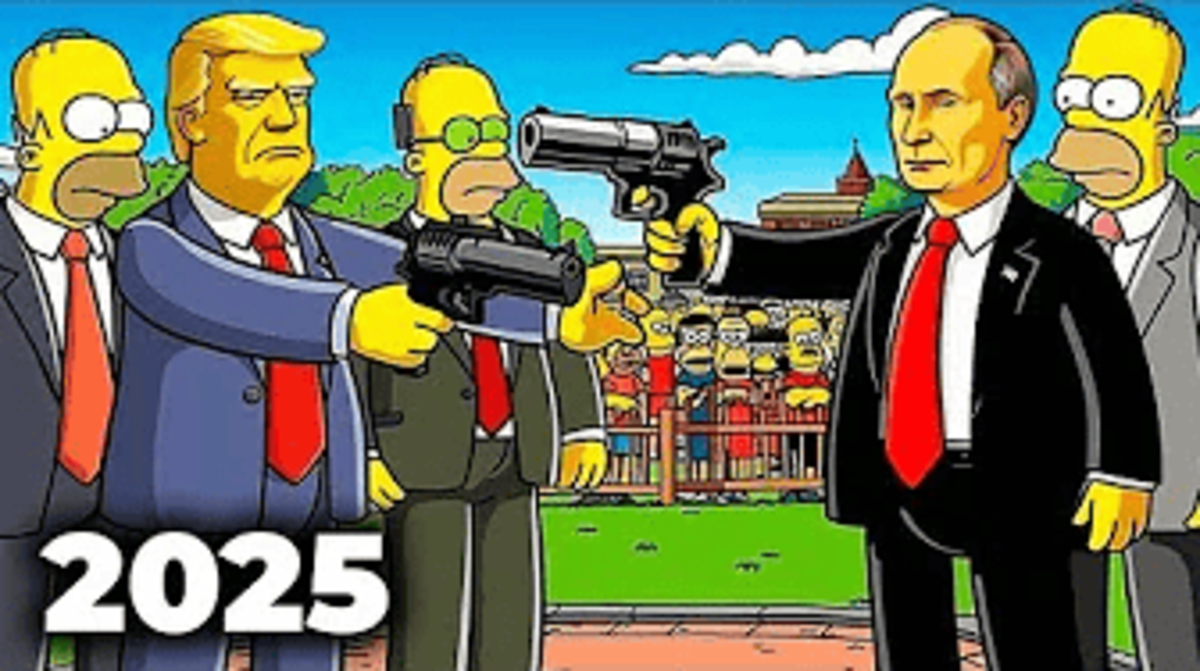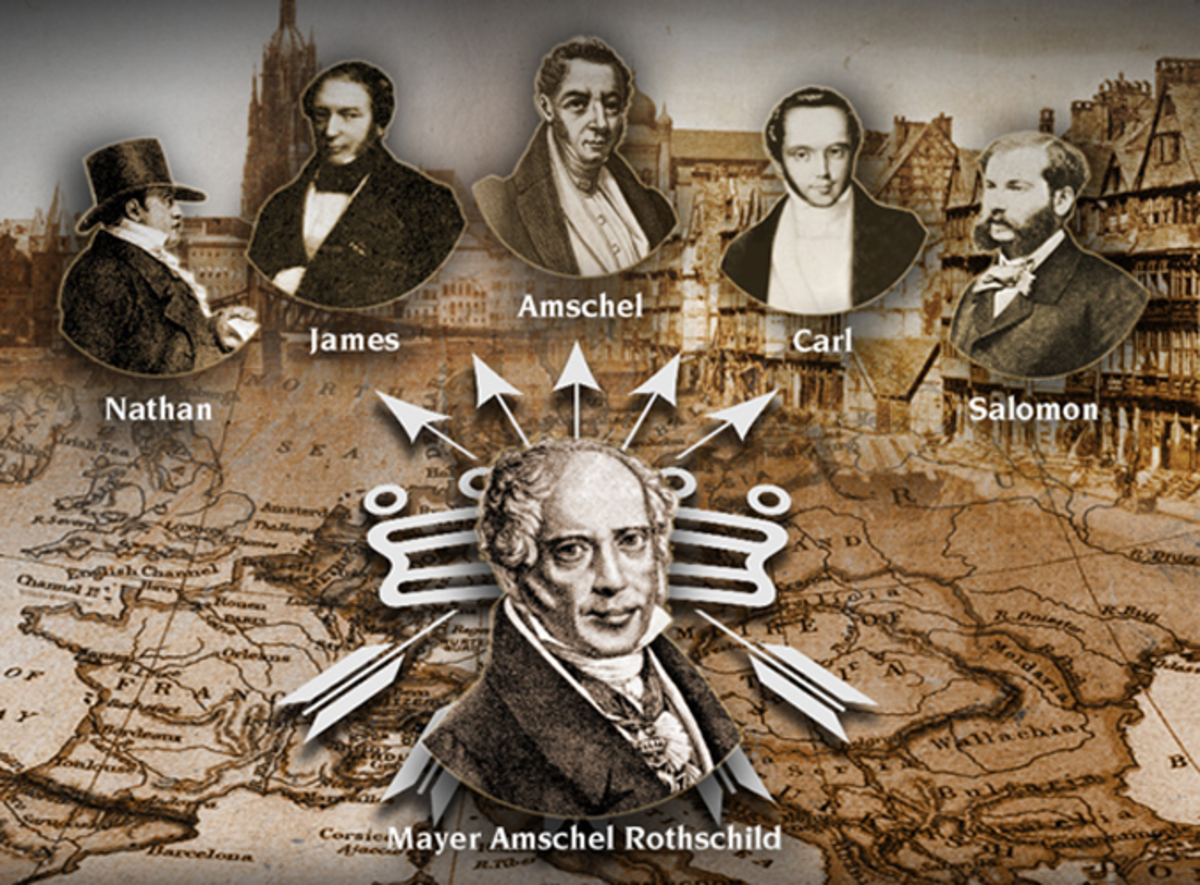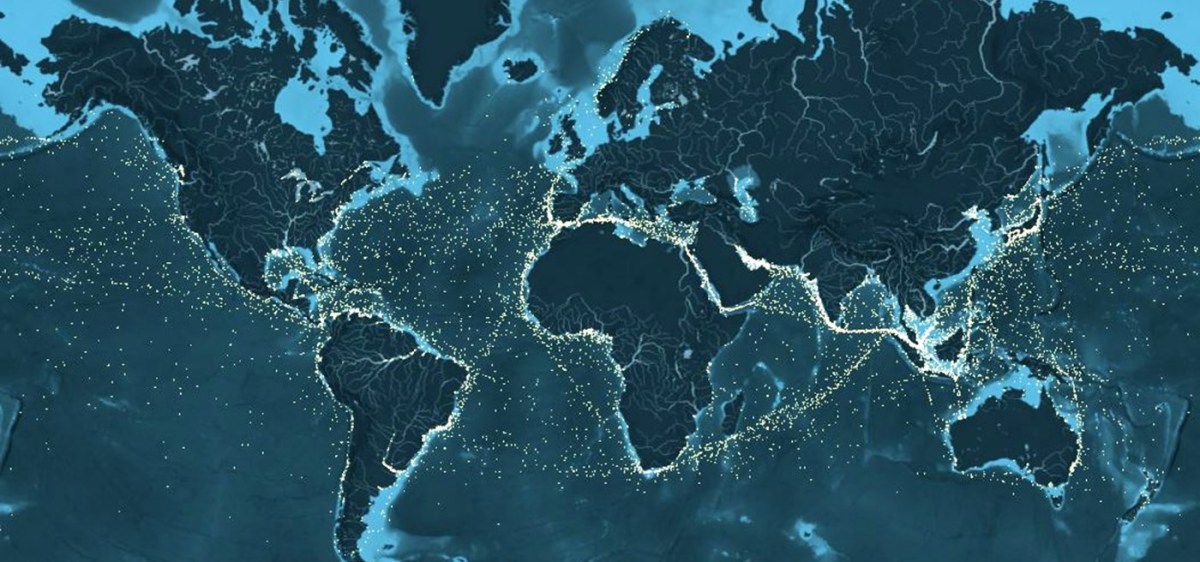Understanding the World Global Economy
Abstract and Introduction
Abstract
Different dimensions characterize globalization. The relationship between the aspects serves to propel the global relationship towards future development. This paper introduces the different dimensions that comprise of the worldwide system before narrowing down to the global economy. It explicitly reveals the transition the global economy has taken over the years to the present society. The paper further explains the failures in policies and the repercussions such failures had on the worldwide economy. Additionally, the paper advocates for policymakers to avoid repeating past mistakes, and preferably, to focus on the development of a system that prevents incidences like depressions from occurring again. Furthermore, discussion of capitalism and colonization comes as a priority before the paper moves on to elaborate the decline of Britain's economic might as well as the ravages of both the world wars and the actions during the post-war period. The paper concludes by summarizing the major arguments put forth as stated in the thesis statement.
Keywords: Economic dimension, Capitalism, Colonization, World Wars.
Introduction
Studying the history of globalization dimensions including disciplines such as politics, economics, sociology, and ethics does present a nostalgic feeling. Simple concepts of bartering are now advanced forms of industrial production and cultural collaboration across different nations. As a result of the development, coining the concept globalization aims at defining growth in international trade and the development of a structure centered upon capitalism. By becoming a global system, different geographic regions merge in an effort of forming efficient industrial systems for growth. Additionally, the merging has led to the formation of territories and blocks to ensure unity in growth and appreciation of diversity. Development in different dimensions is inevitable; however, the economic proportion surpasses politics, sociology, and ethical aspects.
Economic Dimension
The birth of capitalism is at the center of the development of the global economy. Historically, different scenarios present incidences of the economic growth, for example, the 11th century witnessed flourishing long-distance trade between Vernice and Netherland. As such a time, the living conditions were not a priority; instead, people worked for their benefits. As the years advanced, commerce grew as well, and although it was at a slow rate, most feudal systems became replaced by capitalistic merchants. Sailing worked to ensure long-distance trading especially with foreign nations; as a result, modern capitalistic systems came into existence. Different institutions developed to handle the growth of capitalism including banking systems that allowed deposits, development of private property principles, international financial markets and development of financial markets (Lloyd-Jones & Lewis 2014). With a vulnerable feudal system, industrialization and urbanization thrived as a hub for development.
Capitalism and colonization
Capitalism and the development of the economy were not limited to Europe; instead, North America and Australia were beneficiaries too. The population is asserted to be the main reason for the failure in development of other regions. English and French colonists’ immigrants overwhelmed most of North American and Australian indigenous populations. The immigrants used skills learned from home countries to develop new industries. Although Africa, East Asia, and Latin America were under colonization too, their huge population limited the number of immigrants into those nations. Additionally, the immigrants preferred an administrative structure that advocated for the production of primary production for exports to colonial master’s countries (King, 2015). The nations transformed the exports into finished products with some being re-exported by to the colonies. With such incentives in play, the colonizers had little motivation for the creation of new industries.
Britain’s Decline
Britain was at the center of the 19th century due to her advance in the industrial revolution. With the nation’s currency being a significant currency at the time, the government advocated for the formation of the gold standard in an effort of creating a fixed exchange rate system. The 19th century ended with Britain having spread her technology and investments across different nations not only to Europe, but also North America which created an internationally competitive environment. However, due to lack of her response to technologies and realities in management, the nation’s dominance begun to diminish (Lloyd-Jones & Lewis 2014). Large corporations were a result of development in the steel and chemical industries that often are not bound by strict economies of scale laws. While Britain enjoyed an established status quo, the US growing market capitalized on the developed new industries. As a result, Britain fell behind while the US advanced at a steady pace.
Twentieth Century
The century began with a global economic turmoil. With the financial crisis becoming a common occurrence, protection of domestic industries using tariffs only worsened the situation. Moreover, political alliances divided Europe into two camps, and with Archduke Ferdinand assassination in the Balkans, the first world war became a reality (Walker & Vatter 2015). The war exposed different barbarism among the warring nations including armored tanks and poisonous gas. The WWI led to abandoning the gold stand exchange rate by Britain. Moreover, the postwar era witnessed different countries resurging to economic development, especially in the US. With the US market-crushing in 1929 due to inappropriate policies, it was only right in passing the Hawley Tariff Act to protect the domestic industries (Walker & Vatter 2015). As a result, different nations adopted the same tariff, a feature that almost crippled the global economy due to the created vicious cycle.
Post-World War II
The year 1994 witnessed the anticipation of WWII coming to an end which led to propositions of institutions to smoothen the functioning of the global economy. The proposal included using the International Bank for Reconstruction and Development, an institution that has evolved into an essential world lender to-date. Furthermore, the overseeing of the Bretton Wood System by the International Monetary Fund, and after the Bretton Wood System dissolution in 1970, the institution became the reigning overseer of the financial system on the international front (Walker & Vatter 2015). The cold war and the decolonization period worked to open the world to different possibilities and fears. Some nations were also born from the decolonization period, and as a result, the global economy had to adjust itself to accommodate not only developed countries but the newly formed developing nations. While the economy experienced free trade on a high level, failure and the great depression were a result of established policies.
Present
The international economic structure and economic policies have changed with each passing year. Most nations have witnessed improved financial stability while measures have been put in place to reduce inflation. Furthermore, governments have slowly shifted towards the formation of market-friendly policies with most economies having central planning models as cushions. Additionally, another change witnessed presently is the fact that no longer is the United States the only major power. While that was the case with the 1970s, it is different with nations such as China, Japan, and Europe taking a center front in determining how the world economy should be (Varoufakis, 2015). Development has also been witnessed in the living standards, such that no longer does the global economy focus on commercial development, somewhat, quality of life has become a priority. Based on the millennium development goals aspirations, it is only right to presume that more nations are concerned about offering their citizens quality of life more than past efforts.
Conclusion
The economic dimension has evolved over the years. Although the aspects of capitalism invocation across different countries are inevitable, the development is slowly shifting towards a communistic approach where nations advocate for quality of life instead of merely aspiring for individual monetary ambitions. As discussed above, throughout the different centuries, different methods were employed to ensure growth as well as resurgence whenever failures occurred. By learning from past mistakes and adopting measures that promote a combination of policies and economically conducive operational environments, the present and future global economies are bound to be more beneficial with little room for failures such as what happened during the great depression. As a result, it is safe to argue that global economy has developed the most.
References
King, A. D. (2015). Urbanism, Colonialism, and the World-Economy (Routledge Library Editions: Economic Geography). Routledge. Retrieved from; https://books.google.co.ke/books?id=vYWsBwAAQBAJ&pg=PA7&dq=global+econony+dimension&hl=en&sa=X&ved=0ahUKEwi7hNXJjbTdAhVP_aQKHdgfDgkQ6AEILTAB#v=onepage&q=global%20econony%20dimension&f=false
Lloyd-Jones, R., & Lewis, M. (2014). British industrial capitalism since the industrial revolution. Routledge. Retrieved from; https://books.google.co.ke/books?id=xSuiAwAAQBAJ&pg=PA131&dq=britains+economic+decline+global+economic+dimension&hl=en&sa=X&ved=0ahUKEwjXjL_nkLTdAhXH16QKHR-BA5YQ6AEIVDAI#v=onepage&q=britains%20economic%20decline%20global%20economic%20dimension&f=false
Varoufakis, Y. (2015). The global minotaur: America, Europe and the future of the global economy. Zed Books Ltd. Retrieved from; https://books.google.co.ke/books?id=He9iDgAAQBAJ&printsec=frontcover&dq=how+america+got+left+behind+in+global+economy&hl=en&sa=X&ved=0ahUKEwj1mZzOjrTdAhVLsqQKHaSJBicQ6AEIWjAJ#v=onepage&q=how%20america%20got%20left%20behind%20in%20global%20economy&f=false
Walker, J. F., & Vatter, H. G. (2015). History of US Economy Since World War II. Routledge. Retrieved from; https://books.google.co.ke/books?id=ZmjbCQAAQBAJ&pg=PA3&dq=world+wars+and+effect+to+the+economy&hl=en&sa=X&ved=0ahUKEwjr7q7Lj7TdAhVMIMUKHdGBBJ4Q6AEILzAC#v=onepage&q=world%20wars%20and%20effect%20to%20the%20economy&f=false








